Can You Eat the Fibrous Strings Inside Jackfruit? A Comprehensive Exploration of Culinary Potential and Nutritional Value**
Jackfruit, a tropical giant native to South and Southeast Asia, has emerged as a global culinary sensation. Revered for its sweet, versatile flesh and impressive size—some specimens weigh over 80 pounds—this fruit has transitioned from a regional delicacy to a supermarket staple in Western markets. Yet, amid the growing fascination with its succulent pods and seed-based recipes, a lesser-known component often sparks curiosity: the fibrous, stringy strands that line the fruit’s interior. These threads, which resemble overcooked spaghetti or coarse cotton, are frequently discarded without a second thought. But are they truly inedible, or do they hold untapped nutritional and culinary value? This article delves into the science, culture, and practicality of consuming jackfruit’s fibrous strings, dispelling myths and uncovering their potential role in modern diets.
To understand the edibility of jackfruit’s strings, one must first grasp the fruit’s complex structure. A mature jackfruit comprises hundreds of bulb-like segments, each encasing a seed and surrounded by a layer of aromatic, golden flesh. These bulbs are the primary edible part, prized for their tropical sweetness and meaty texture. However, nestled between these bulbs are thick, fibrous strands that serve a biological purpose: they protect the seeds, regulate moisture, and provide structural support as the fruit matures.
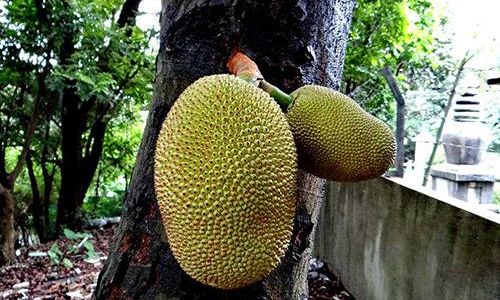
These strands, often called “rag” or “fibrous strands,” are composed of cellulose, hemicellulose, and lignin—complex carbohydrates that form the backbone of plant cell walls. While cellulose is indigestible to humans without processing, cooking or fermentation can break down these fibers, making them softer and more palatable. This biochemical reality raises questions: Are these strands merely dietary fiber, or can they contribute to nutrition in other ways? And how do different cultures approach their consumption?
Edibility and Safety: Debunking Myths
The foremost concern surrounding jackfruit strings is safety. Are they poisonous? Do they cause digestive discomfort? The short answer: no. The fibrous strands, like the rest of the fruit, are non-toxic. However, their high fiber content may pose challenges for sensitive stomachs. Raw, unprocessed strands can be tough and stringy, leading to chewiness or indigestion if consumed in large quantities. Cooking methods such as boiling, steaming, or sautéing soften these fibers, transforming them into a tender, vegetable-like component.
Critics often compare jackfruit strings to the inedible rinds of citrus fruits or the waxy coatings of some melons. Yet, this analogy overlooks the culinary adaptability of fibrous plant tissues. For example, banana flowers, artichoke hearts, and even pineapple cores—once deemed waste—are now celebrated for their nutritional density when prepared correctly. Jackfruit strings follow a similar logic: with proper handling, they transition from discard to dish.
Nutritional Profile: Fiber-Rich and Beyond
Nutritionally, jackfruit strings are a powerhouse of dietary fiber. A 100-gram serving contains approximately 2.3 grams of fiber, surpassing the fiber content of many common vegetables. This fiber aids digestion, promotes satiety, and helps stabilize blood sugar levels—a boon for those managing diabetes or weight. Additionally, the strands retain trace amounts of vitamins and minerals from the fruit, including vitamin C, potassium, and magnesium, albeit in lower concentrations than the fleshy bulbs.
Beyond macro- and micronutrients, the strands contain bioactive compounds like flavonoids and phenolic acids, which act as antioxidants. These compounds combat oxidative stress, reducing inflammation and lowering the risk of chronic diseases. While research on jackfruit-specific antioxidants is ongoing, preliminary studies suggest that all parts of the fruit, including the fibrous strands, contribute to its overall health-promoting properties.
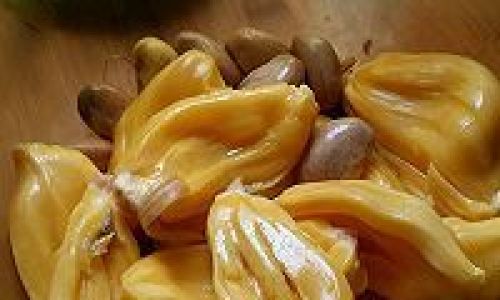
Culinary Applications: From Waste to Wonder
The culinary world’s growing interest in zero-waste cooking has reignited interest in jackfruit strings. Chefs and home cooks alike are experimenting with innovative ways to incorporate them into meals. Here’s how:
-
Vegetable Substitute: Boiled or sautéed strands mimic the texture of stewed greens or hearty vegetables. Toss them in olive oil, garlic, and herbs for a side dish, or mix them into soups and curries for added bulk.
-
Gluten-Free Flour: Dried and ground, the strands yield a fiber-rich flour suitable for baking or thickening sauces. When blended with almond or coconut flour, it creates nutrient-dense gluten-free blends.
-
Vegan Meat Alternatives: Jackfruit’s flesh is famed as a meat substitute, but the strands can also contribute. Shredded and marinated, they absorb flavors similarly to jackfruit “pulled pork,” adding texture to tacos or sandwiches.
-
Fermented Foods: Like other fibrous vegetables, the strands can be fermented into pickles or kimchi, introducing probiotics and tangy complexity to dishes.
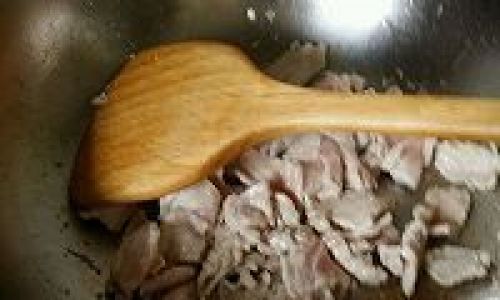
-
Traditional Dishes: In regions like Kerala, India, and Bangladesh, the strands are simmered with coconut milk and spices to create chakka curry, a beloved side dish. In the Philippines, they’re boiled and served with rice as a budget-friendly meal.
Environmental and Economic Impact
The rise of jackfruit as a sustainable food source hinges on utilizing every part of the fruit, including the strings. With global food waste reaching alarming levels—nearly 1.3 billion tons annually—reimagining “waste” as “resource” is critical. By valorizing the fibrous strands, farmers and processors can increase yield per fruit, reduce landfill contributions, and create new revenue streams. For example, powdered jackfruit fiber is now sold as a dietary supplement, while fermented strand extracts are explored for their prebiotic potential.
Moreover, jackfruit’s resilience to climate change makes it a vital crop for food security. Thriving in tropical climates with minimal water, it requires fewer pesticides than conventional staples like wheat or rice. Incorporating the entire fruit into diets amplifies its ecological benefits, positioning it as a post-industrial agriculture solution.
Cultural Perspectives: From Kitchen Tables to Fine Dining
Jackfruit’s strings have long been part of traditional cuisines, though their usage varies by region. In Sri Lanka, the strands are sun-dried and ground into a flour used for flatbreads. In Vietnam, they’re stir-fried with tofu and soy sauce, creating a textural contrast in vegetarian meals. Even in non-native regions, immigrant communities have preserved these practices, ensuring the strands’ culinary legacy endures.
Modern chefs are now elevating the strands beyond humble home cooking. At Michelin-starred restaurants, they’re deep-fried into crispy garnishes, pureed into silken soups, or layered in vegan lasagnas. This gastronomic reinvention reflects a broader trend: redefining “scraps” as luxury ingredients, driven by both sustainability and creativity.

Potential Risks and Considerations
While the strings are safe for most, caution is warranted for specific groups. Individuals with irritable bowel syndrome (IBS) or sensitive digestive systems may experience bloating or gas due to the high fiber content. Cooking the strands thoroughly and consuming them in moderation can mitigate these effects. Additionally, those with latex allergies should exercise care, as jackfruit contains chitinases—enzymes that may trigger cross-reactivity in some allergy sufferers.
The Future of Jackfruit Strings: Innovation and Accessibility
As demand for plant-based foods surges, the jackfruit industry faces pressure to innovate. Startups are now developing patent-pending processes to extract and refine the fibrous strands into versatile ingredients. Imagine jackfruit-fiber texturizers mimicking the mouthfeel of animal fats or hydrocolloids derived from the strands stabilizing vegan ice creams. These applications could revolutionize plant-based cuisine, offering sustainable alternatives to resource-intensive proteins.
However, accessibility remains a hurdle. In many regions, jackfruit is still perceived as a “poor man’s fruit,” with the strings viewed as livestock feed or compost. Educating consumers about their nutritional and culinary value is essential to shifting perceptions. Community workshops, social media campaigns, and partnerships with food influencers can democratize knowledge, ensuring the strands’ potential is realized globally.
Conclusion: Rethinking Food Waste, One Strand at a Time
The fibrous strings inside jackfruit are not merely edible—they are a testament to the fruit’s untapped versatility. By embracing them, we honor centuries-old culinary wisdom while addressing modern challenges like food waste and sustainable nutrition. Whether simmered in a curry, baked into a gluten-free loaf, or transformed into a gourmet garnish, these strands deserve a place at the table. As we continue to unravel the mysteries of this tropical giant, one thing is clear: in jackfruit, even the “unwanted” parts are worth savoring. The next time you encounter a stringy strand, remember—it’s not waste. It’s wonder.
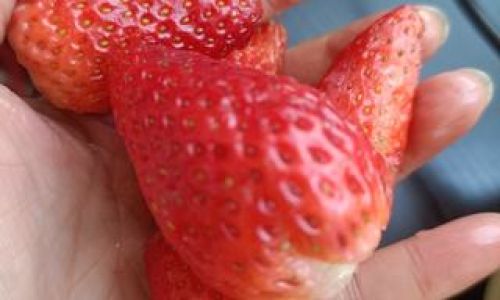
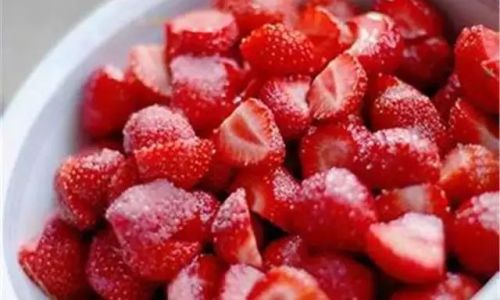

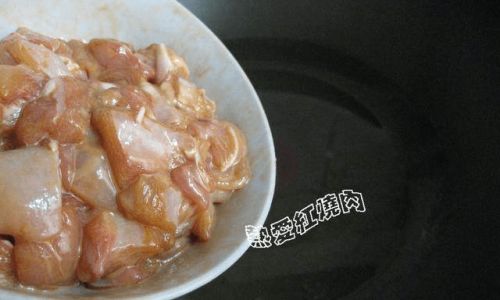
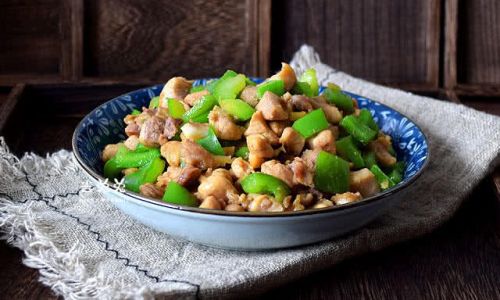
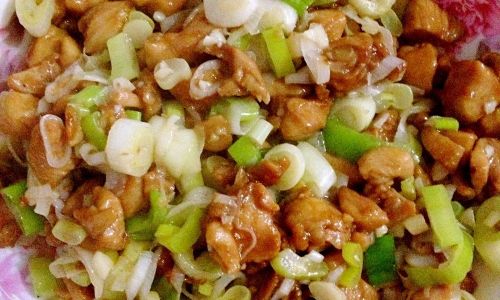
0 comments